The last few months have been jam-packed with adventures and travels, so I’ll be doing an abridged recap series (Scenes from a Scholarship) in the next few blogs.
After crisscrossing California from North to South, I ventured even further westwards. “What’s West of the West Coast?!” you might exclaim, well, Santa Catalina Island, one of the Channel Islands of California.

I’d previously met Karl Huggins, director of the Catalina Island Chamber, a few weeks earlier in New York and he’d generously invited for me to come and stay. To be perfectly honest, my knowledge of Catalina was rather hazy; I was vaguely aware of its general existence, rough location, and it being an ecological case study for it’s goat and pig removal, but I wasn’t entirely sure what to expect.

On the crossing from Los Angeles, I took a moment to reflect on my journey so far and ponder the next question in my quest for “Sam’s Solutions for Society and the Sea”: What is the most immediate challenge faced by people in the sea?
The answer emerged quickly and undeniably: Life and death—when diving goes wrong.
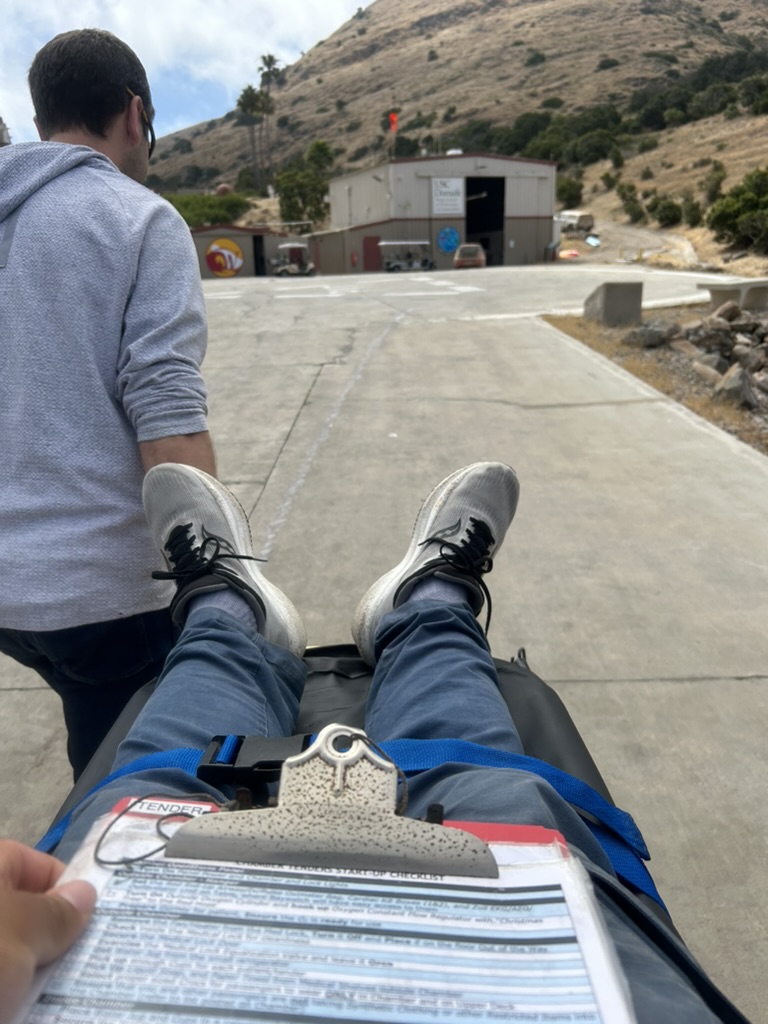
Although diving is often perceived to be a tranquil pursuit, the oceans are a treacherous environment. While on Catalina, I focused on some of the more serious aspects of diving, where every decision can mean the difference between life and death. A critical area being hyperbaric medicine, vital for treating divers with decompression sickness and other dive-related injuries. This also led me to dive into Search and Rescue operations and hyperbaric chamber training, with Karl Huggins, a key figure in this intense world.
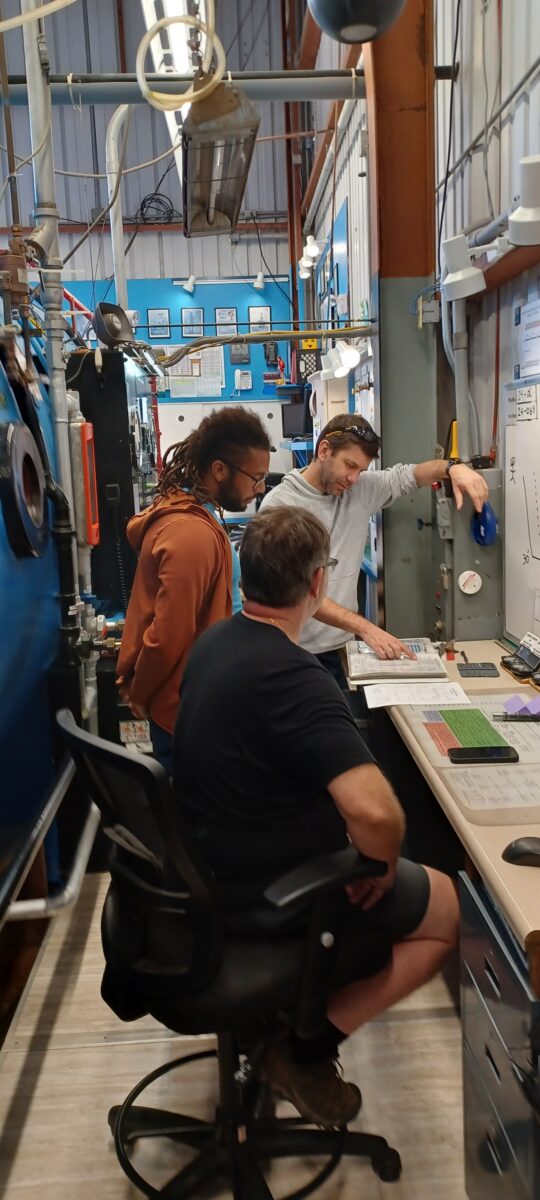
Under the tutelage of Karl and the rest of the chamber team, I gained an insight into what it takes to operate a chamber and experienced my first ever chamber dive, the strange effects dense air has on the voice and the intoxicating effects of narcosis on land.
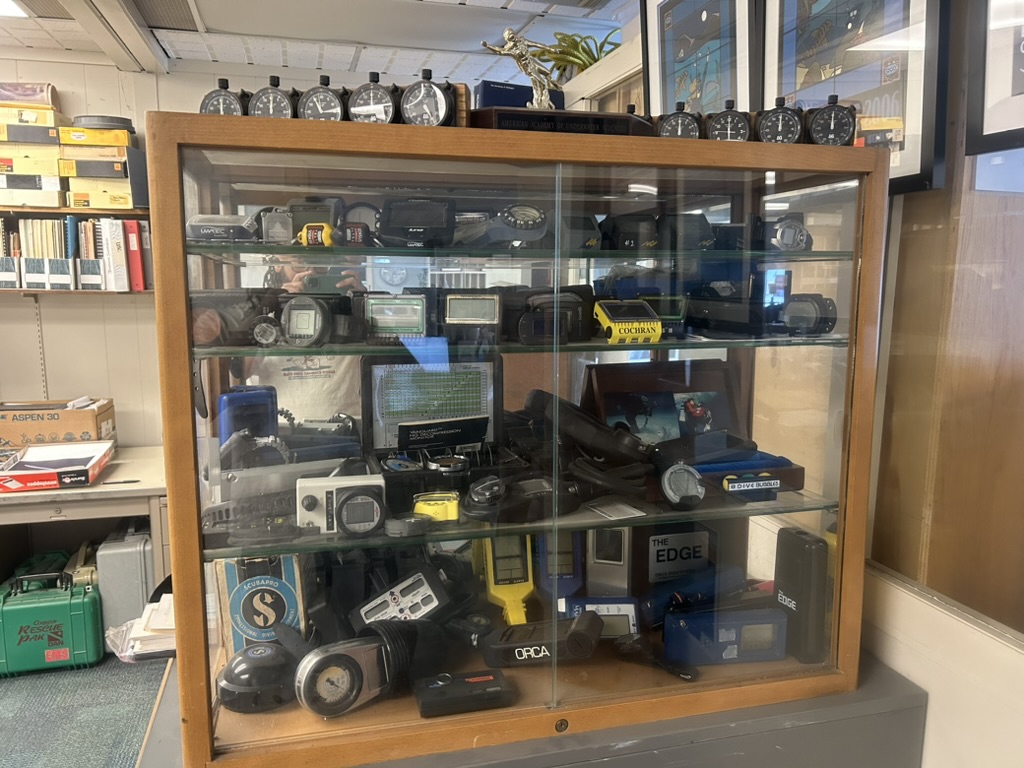
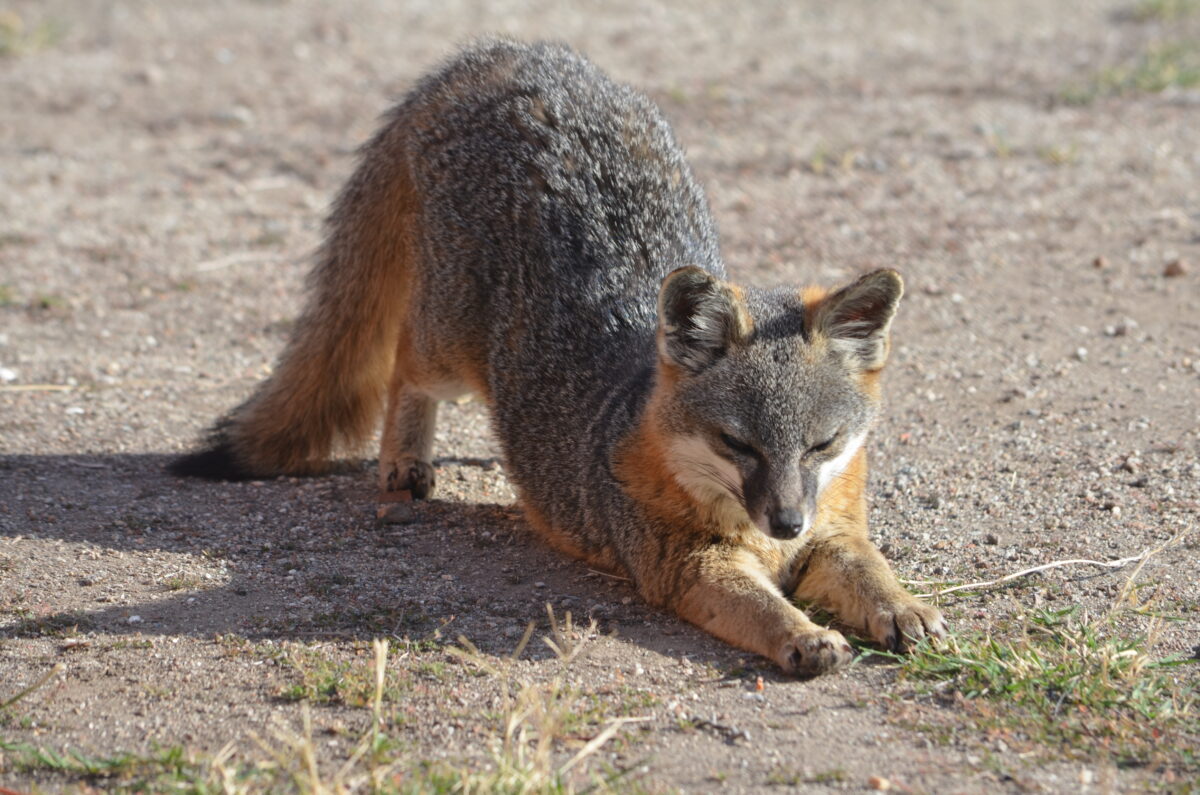
Karl is a wealth of knowledge on decompression and dive tables. Karl also has an incredibly rich understanding of the island he’s called home for decades and the wild creatures that inhabit it, including the absolutely minuscule (but demonstrably large in charm and charisma) Catalina Island Foxes! Oh, and he is fiendishly good at board games (though, I believe, as winner of the last game, it’s my turn to start next time!).
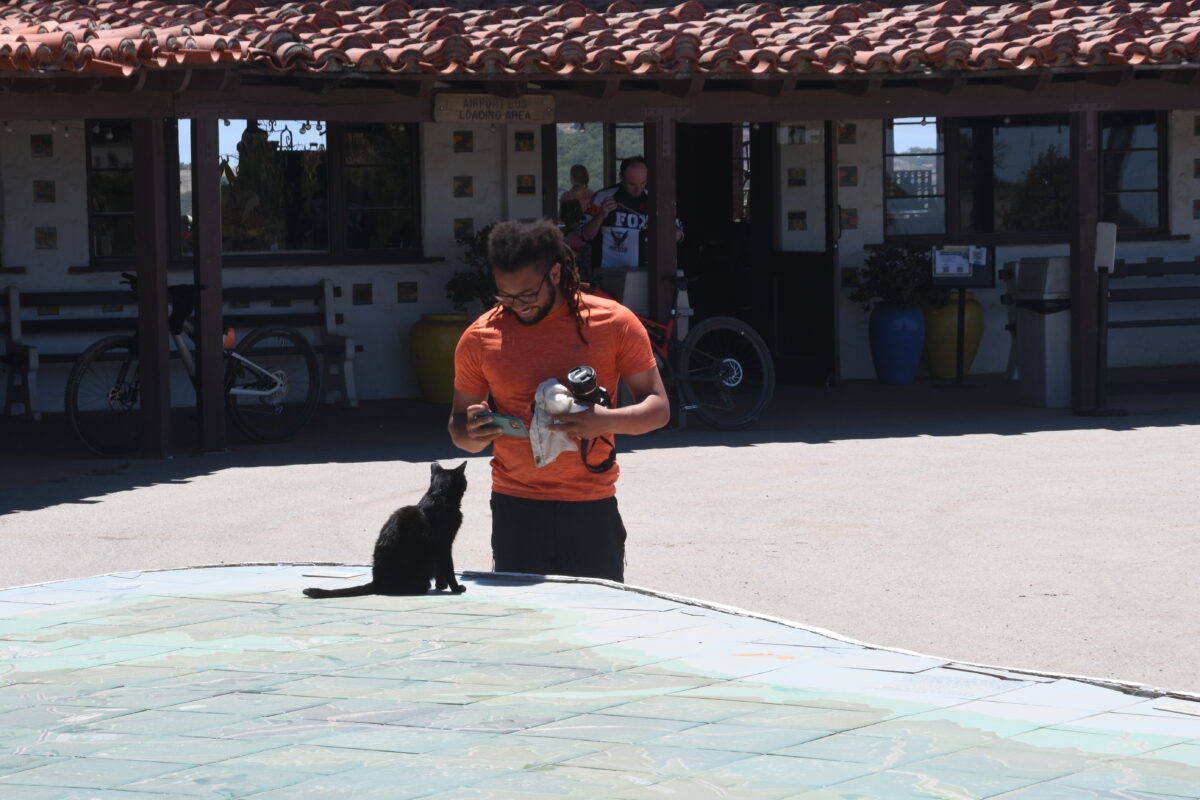

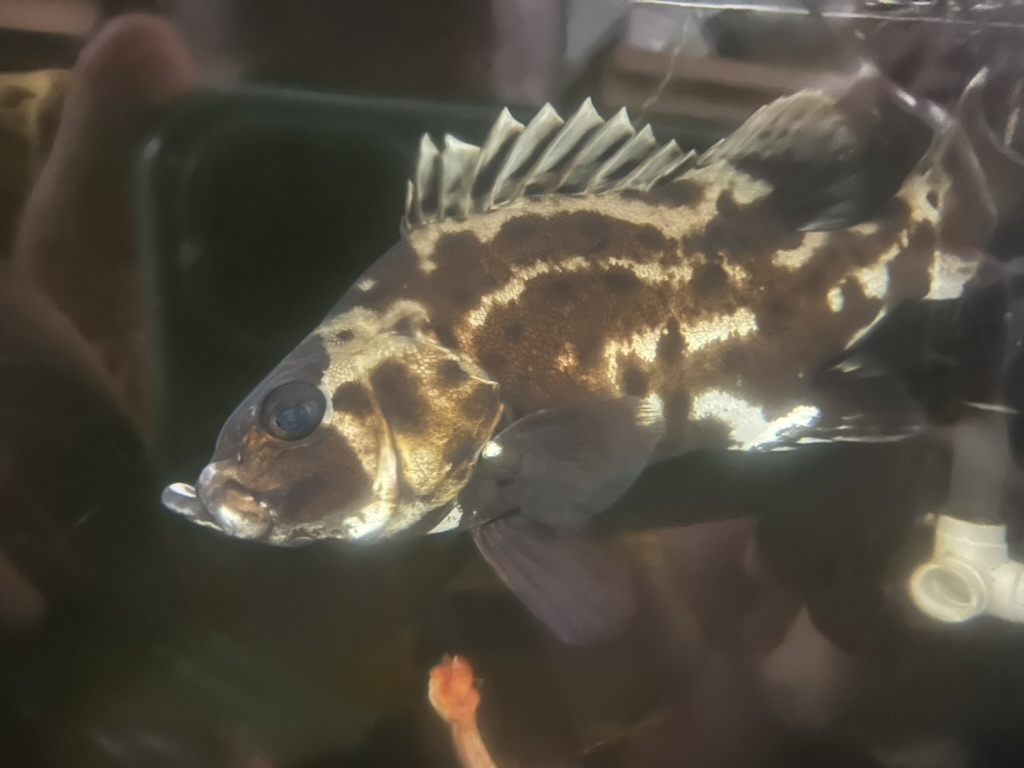

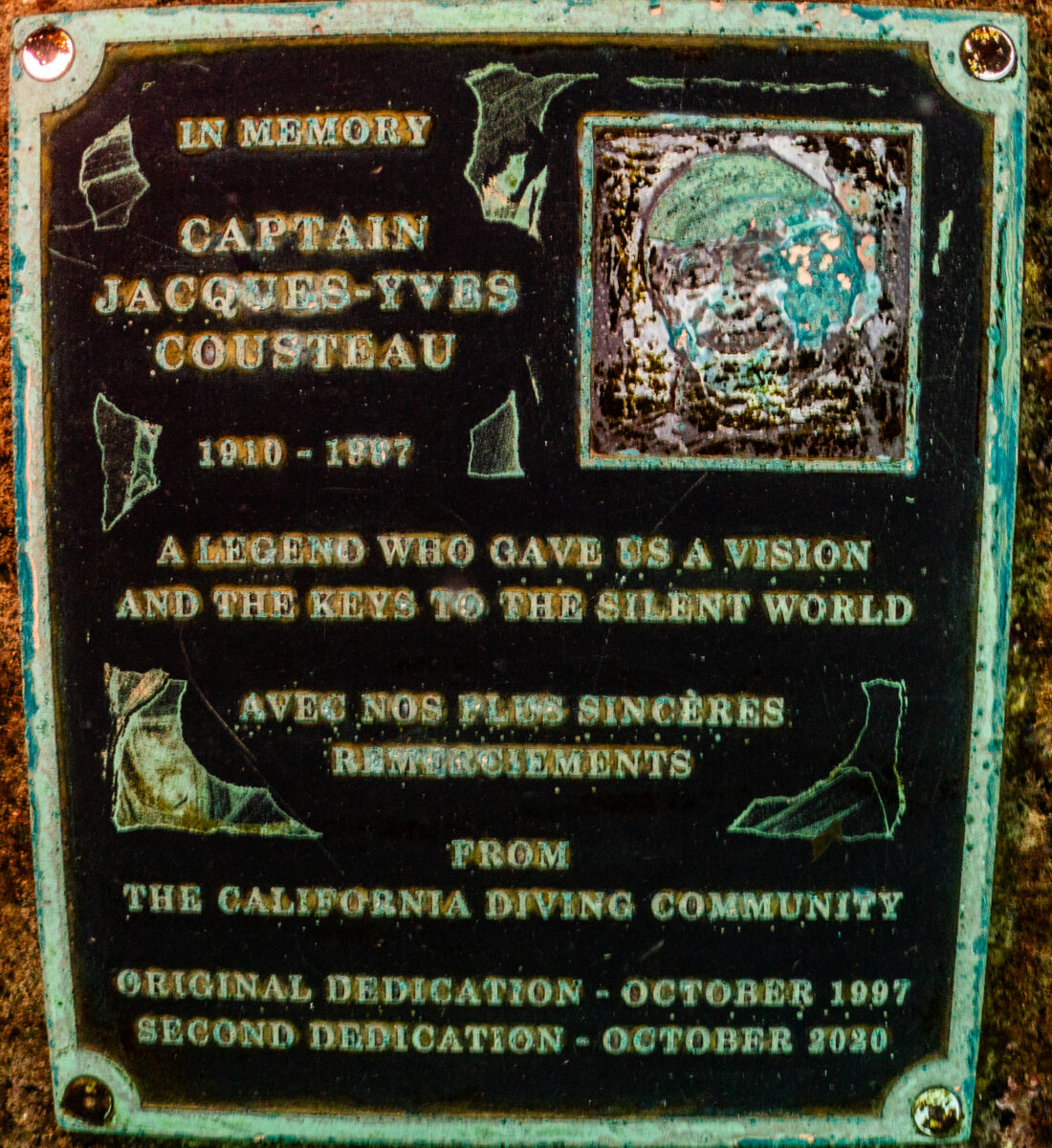
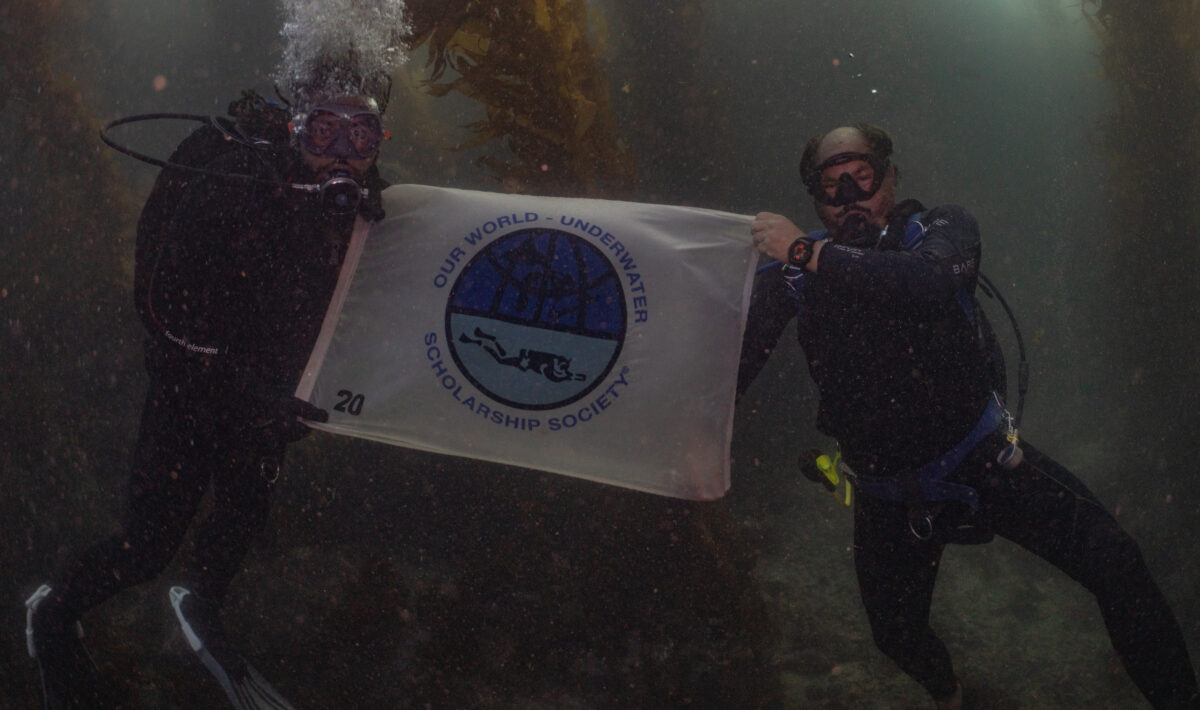
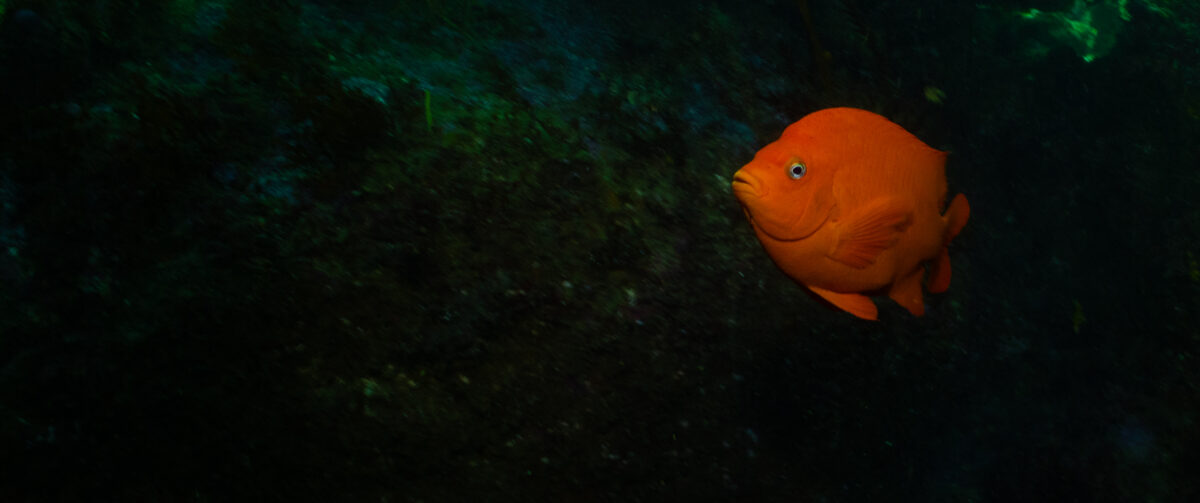
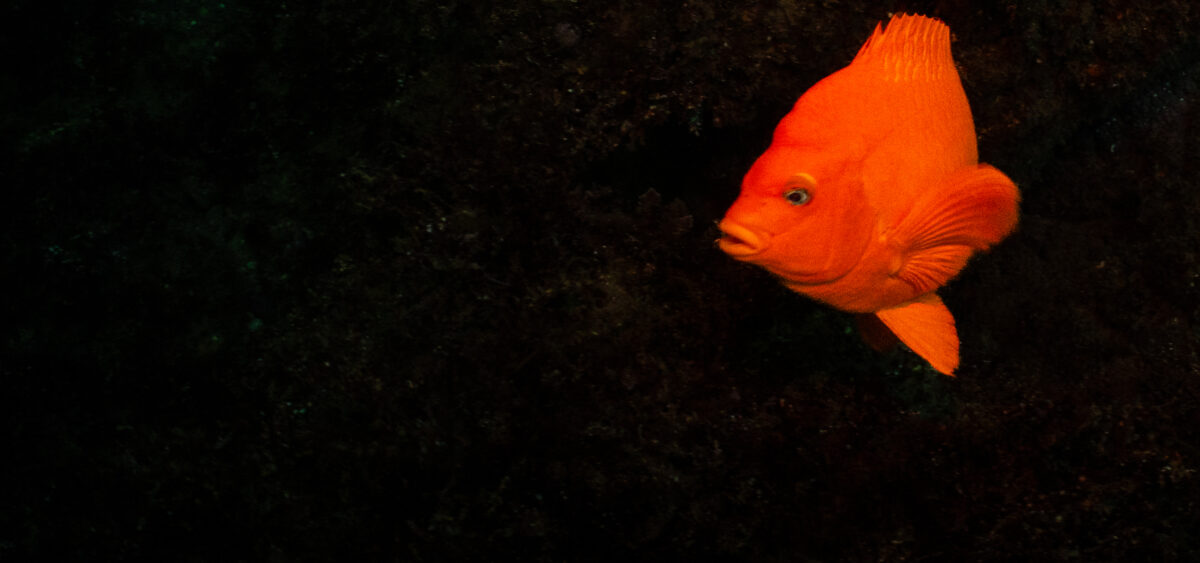

I also delved into the island’s fascinating mix of wildlife conservation, history, and marine research. From learning about the unusual origin of the buffalo that roam the island, its Native American history, and the legacy of the Wrigley family, to seeing the Catalina Goby research in action.
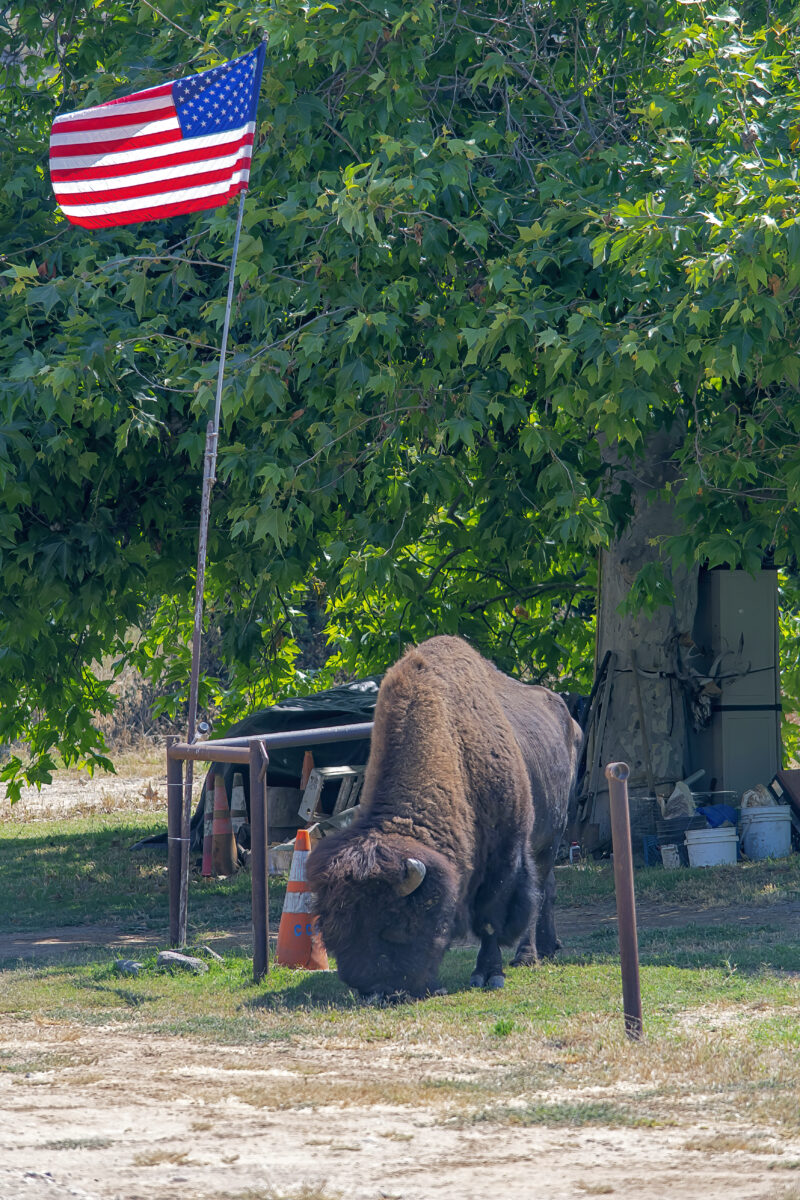
After traversing the island (with a brief stop for lunch at the airport), I went for a dive in Avalon where I came face-to-face with sea monsters! The Giant Sea Bass (Stereolepis gigas), lukring in the kelp forests, are truly gargantuan creatures, and it was thrilling to encounter something so large that it could swallow your head whole.

Diving isn’t just about the beauty and exploration; it’s about safety and the skills required when things go wrong. During my time on Catalina, I joined the Baywatch paramedics on their patrol and witnessed first-hand some of the perils present on the Island and in the surrounding sea. The real-life scenarios I encountered emphasised the importance of preparedness and training.
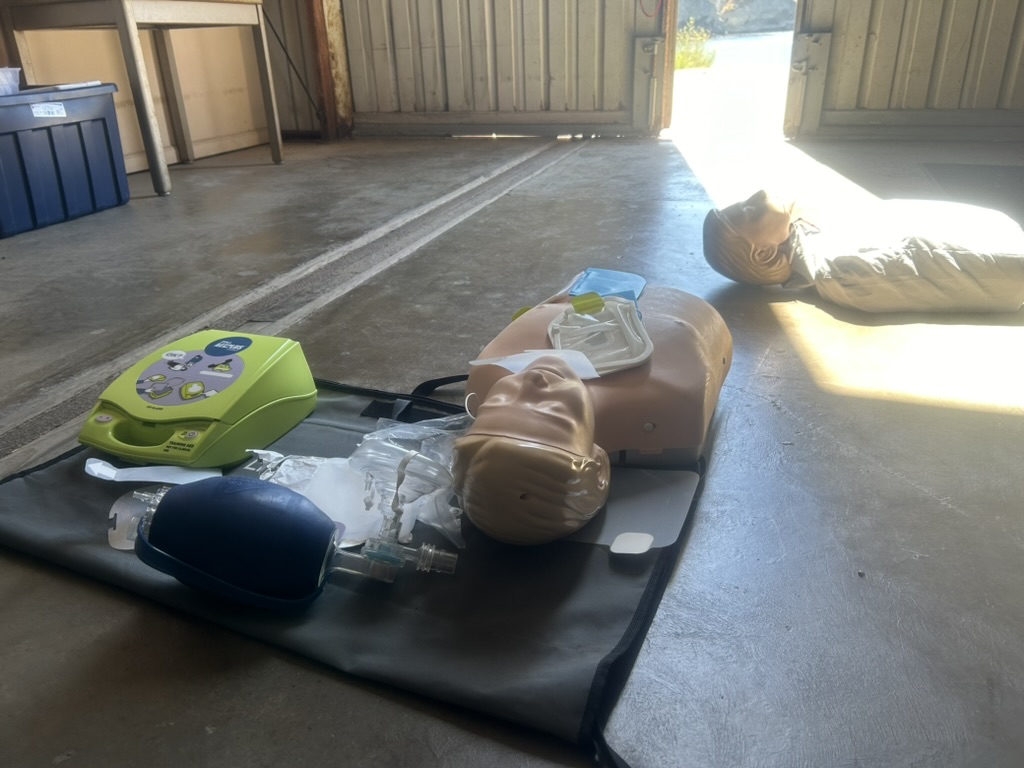
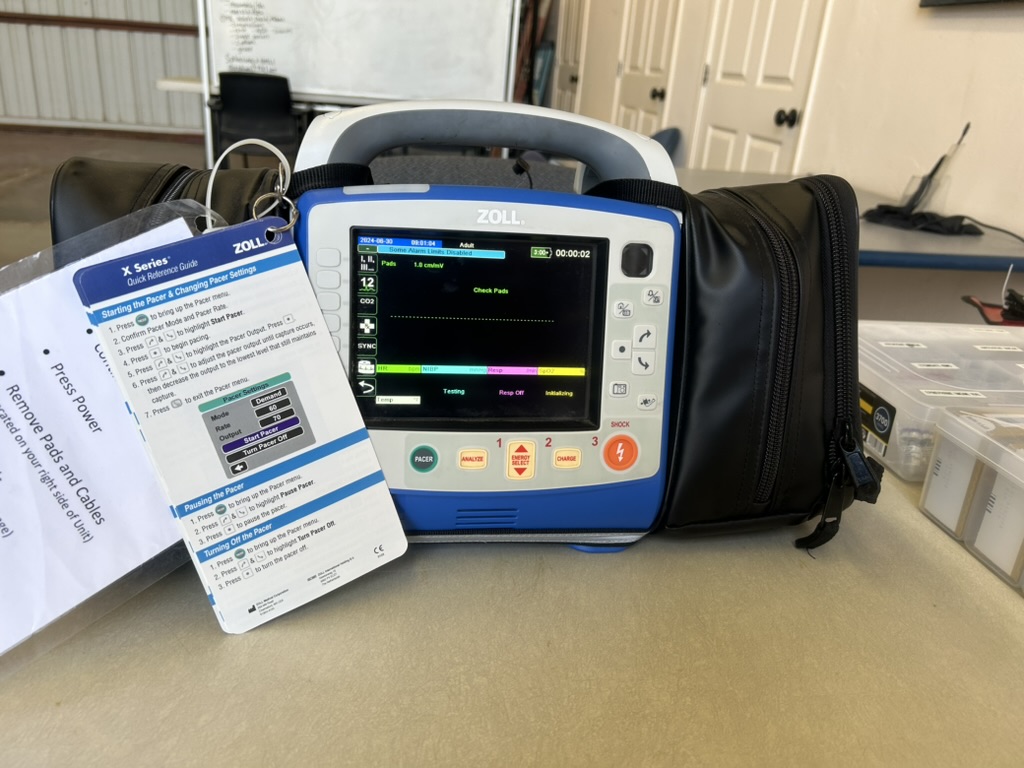
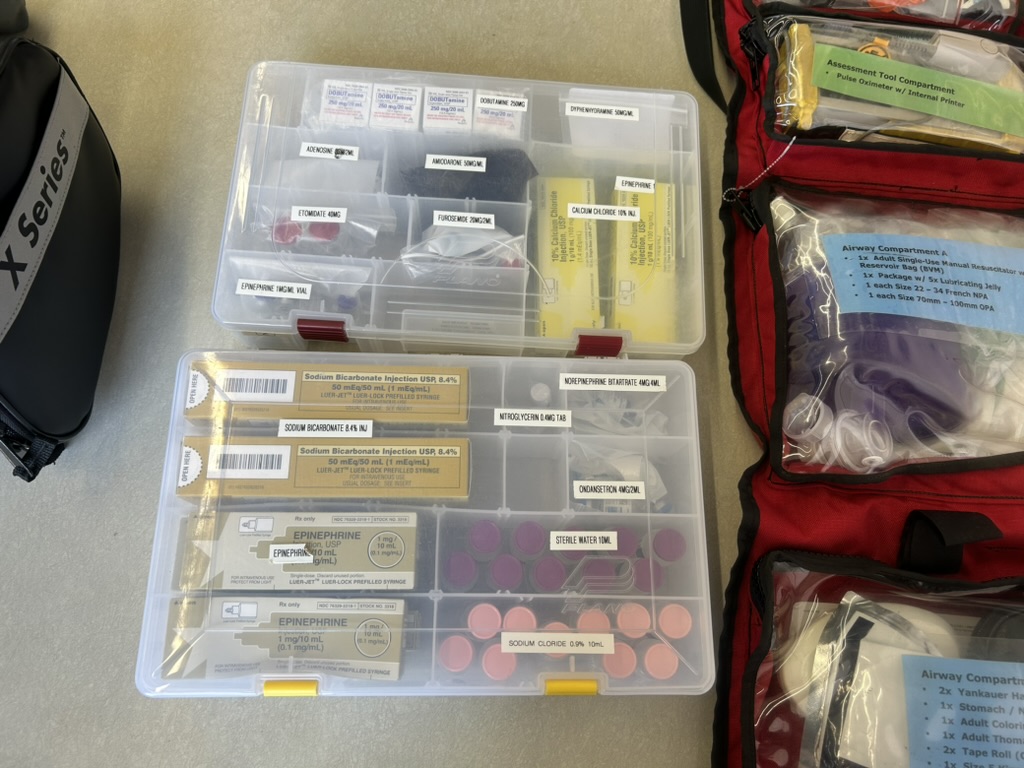

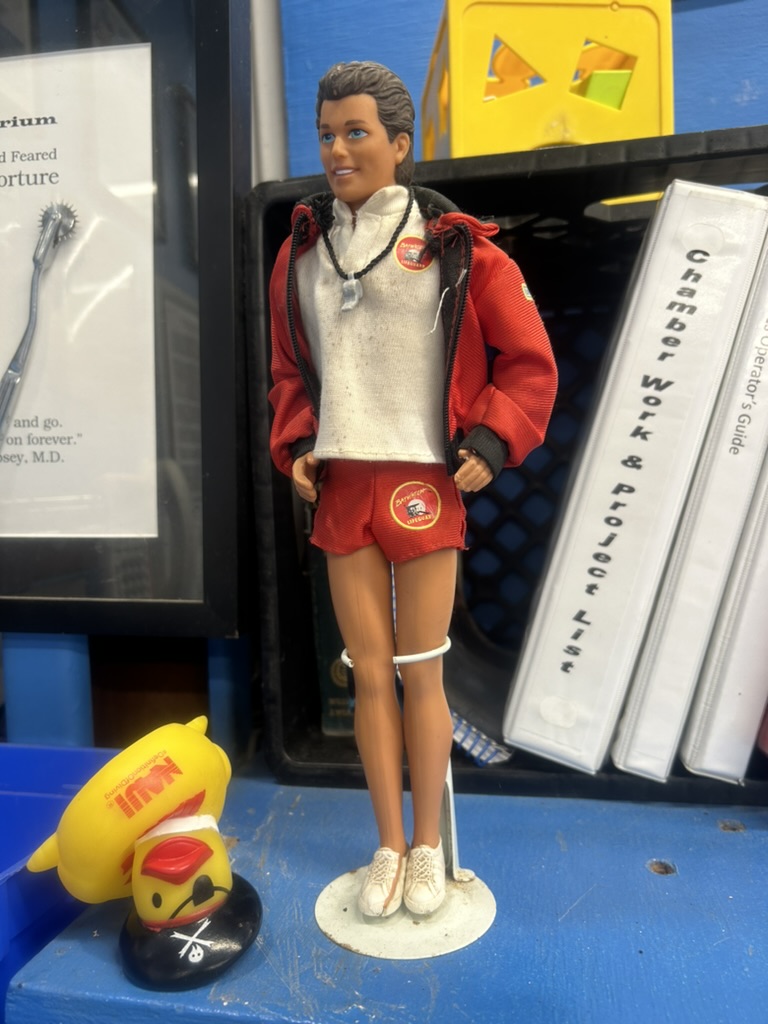
On the topic of training, I had the pleasure of meeting a cohort of California State University Northridge students completing their AAUS Scientific Diver training, led by their professor, Dr. Georgios Tsounis.
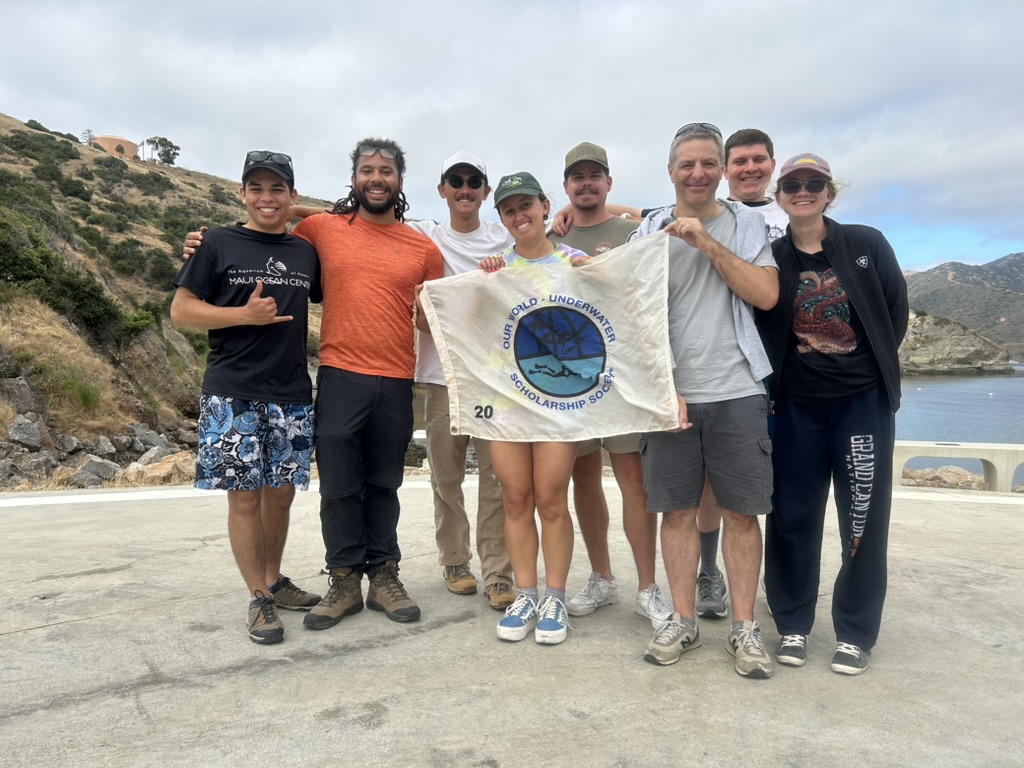
After I boarded the boat back to the mainland and the Island shrank away into the horizon, I contemplated my time, not just on Catalina, but across the summer in the US. Truth be told, the last couple of months had left me rather exhausted, and while on Catalina, I felt a great sense of calm.

On my return to mainland California, with little delay, I began the long journey eastwards and back to the UK for the next leg of my stage of my adventures…
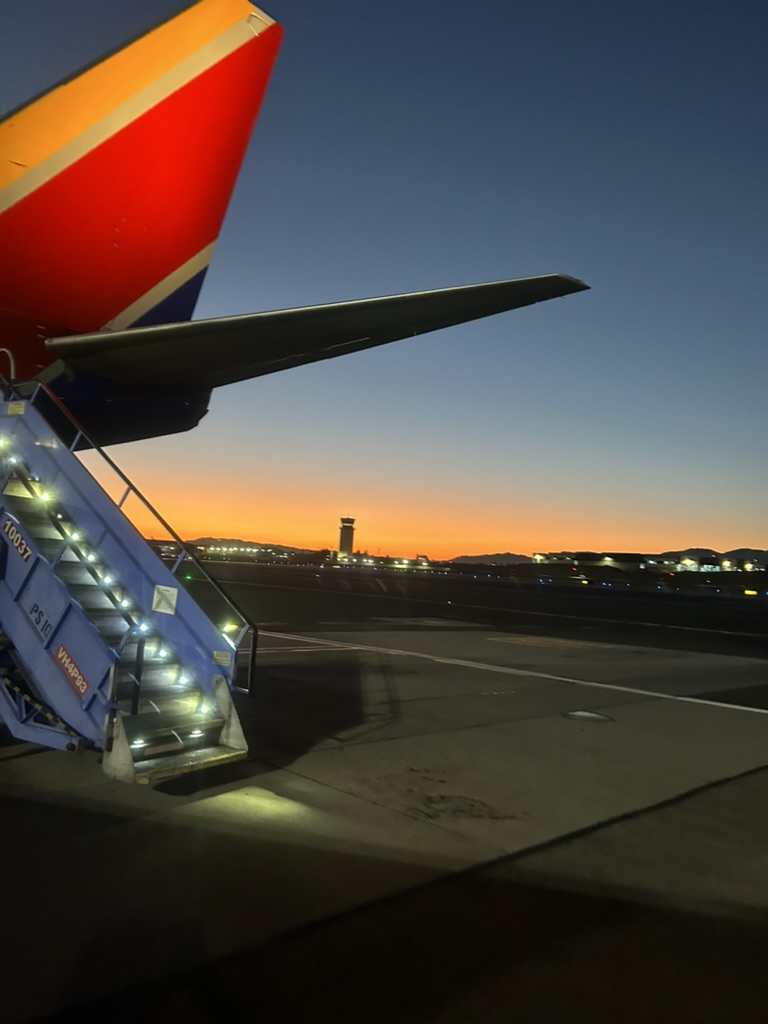
Once again, I’d like to extend my heartfelt thanks to the Our World-Underwater Scholarship Society, my sponsors, and hosts for their generous support: Rolex, as the patron of the Scholarship; gear sponsors Fourth Element, Halcyon, Suunto, Reef Photo & Video, Light & Motion, and Nauticam; as well as support from PADI, The Explorers Club, Divers Alert Network (DAN) and The USC Catalina Hyperbaric Chamber.
———
In addition to these blogs, I’ll regularly be posting vlogs, sharing what I get up to on Instagram (feel free to follow me @samphibianthemarvellous) and posting StoryMaps (got to fit in a cheeky bit of GIS somehow wink wink).
P.S. If you still want to know more about me, check out my biography, have a stalk of my LinkedIn or, better yet, get in touch (samuel.thomsen[at]owuscholarship.org)!